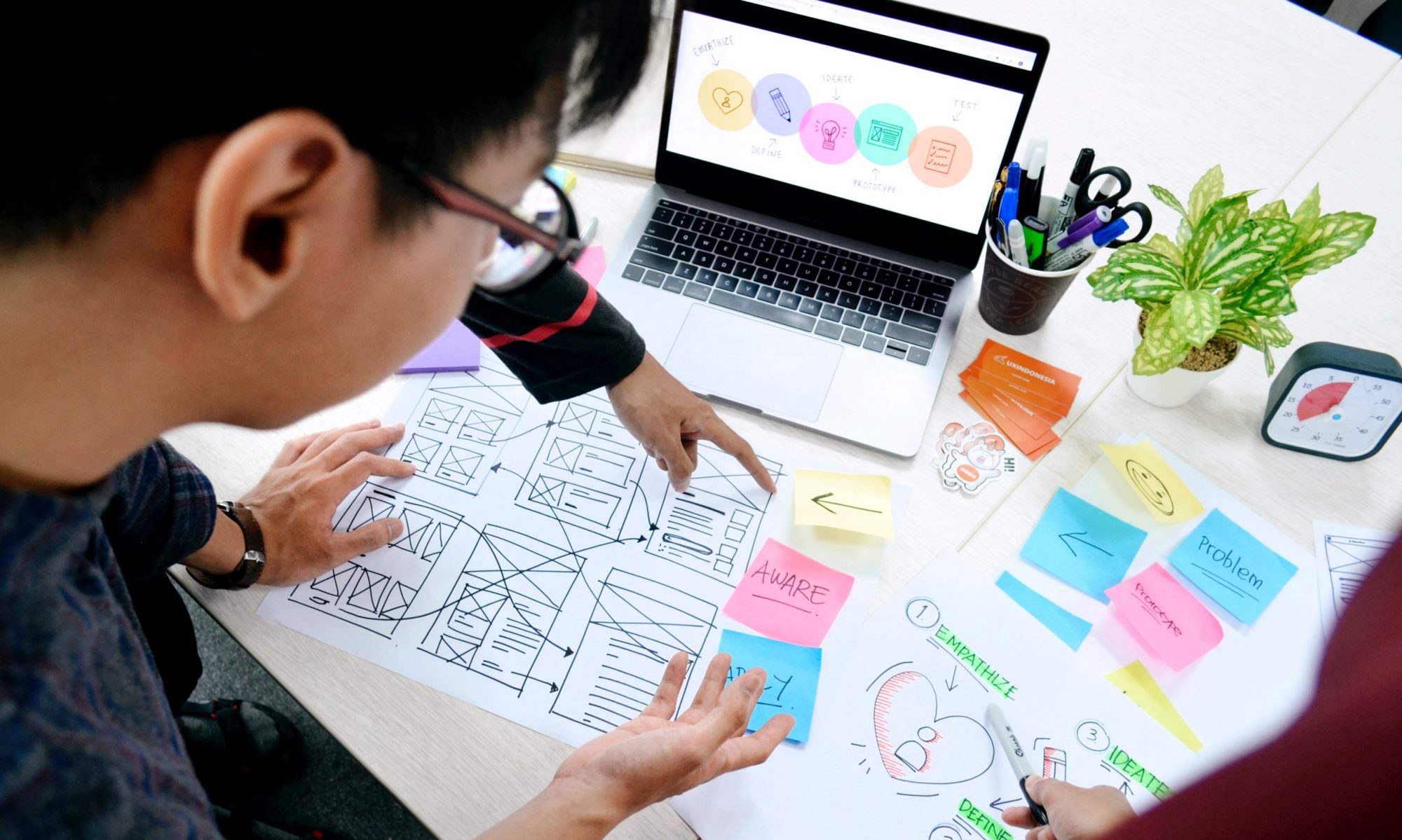After reflecting on how the Student UX Team has evolved for the past two years, I decided to do both less and more this coming year:
Less
There will be less administrative work. It comes at a cost of less flexibility for students, but I need this:
- Rather than trying to accommodate all their schedules, I set a consistent time for a team meeting, with the understanding that I may be missing out on working with some excellent students who are not free to meet at the set time.
- I capped the hours of independent work outside of the team meeting to two hours eliminating the need to follow up with students asking them to explain the hours they’ve submitted on timesheets and the worry that I’m not adequately tracking their work.
More
I’ve decided this is more than student employment. It is an Internship and expectations are higher:
- Experiential learning + work experience + responsibility for an independent project = an Internship. My expectations for the students are higher and more specific.
- They should expect more from me too. I’m far more organized this time around: I prioritized library projects and research needs and translated them into a syllabus that spans the academic year. It holds time for learning, training, practice, assessment, and reflection.
- By the end, they will each have taken responsibility for planning and carrying out an independent user research project from soup to nuts, starting with articulating research questions, moving through identifying the best research method(s), carrying out research, analyzing results, and culminating in presenting their research to library leadership and other stakeholders.
What projects will we be working on?
- Website Usability:
- The Libraries’ Website, including the exploration of a possible new platform
- Tripod enhancements and other discovery options
- Qualitative research that contributes to the Libraries’ understanding of how Swarthmore students experience the libraries and in support of advocating for a major library renovation in the (near?) future:
- A fun, photo journal study on most and least favorite study spaces on campus
- Observational data on study space use
- Quantitative research: Interns will contribute to crafting a student survey on the libraries to launch early in the spring semester.
- Independent research projects: I’ve gathered a handful of departmental and college adjacent websites from which the Interns may choose as their independent research project.
I’m ready and eager to begin – let’s go!
